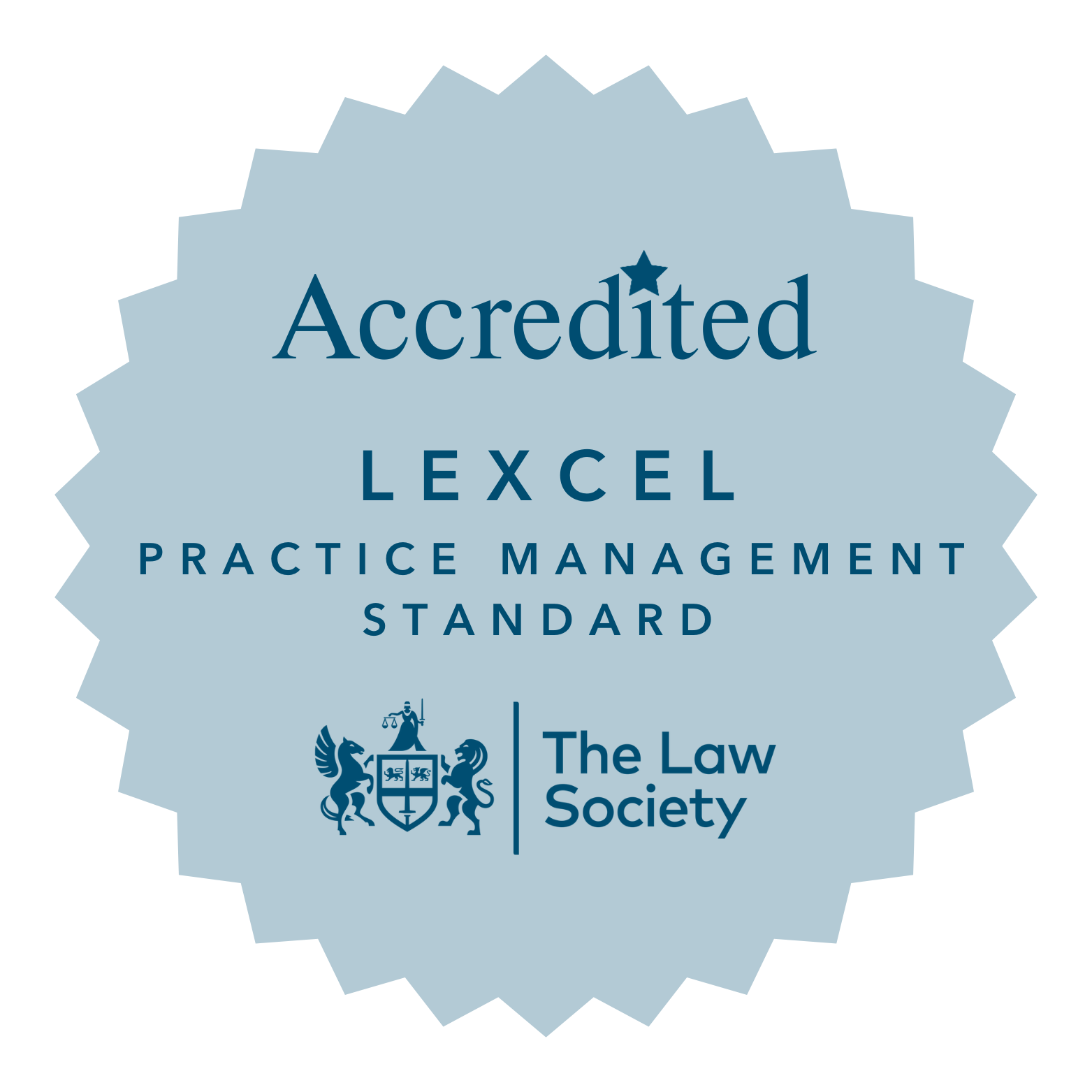1st June 2015 is the start date of Pensions Auto-Enrolment for small employers
New figures from the Pensions Regulator show that the number of penalty notices issued to employers who have not complied with their auto-enrolment duties increased sharply in the first quarter of 2015. Between 1 January and 31 March 2015, 198 fixed penalty notices were issued.
Small employers (those with fewer than 50 employees) should be made aware that 1 June 2015 is the start of the staging date for them to automatically enrol eligible “jobholders” in a pension scheme. Small employers have until 1 April 2017 to complete the process.
A “jobholder” will include permanent, fixed-term and temporary employees, as well as agency workers. A business can use an occupational or personal pension scheme if it meets statutory quality requirements. Otherwise the business can enrol jobholders in the National Employment Savings Trust (NEST), a central defined contribution scheme to be set up by the government.
The following information may answer some of your questions:
What is auto-enrolment?
From a date after October 2012, businesses will be required to automatically enrol eligible “jobholders” in a pension scheme. A “jobholder” will include permanent, fixed-term and temporary employees, as well as agency workers. Although there are a few categories of individuals that are excluded from the employer duty (for example, those who have given notice), generally speaking, most employees will have to be auto-enrolled.
A business can use an occupational or personal pension scheme if it meets statutory quality requirements. Otherwise the business can enrol jobholders in the National Employment Savings Trust (NEST), a central defined contribution (DC) scheme set up by the government.
A DC scheme (also known as a money purchase scheme) is a pension scheme in which an employer and employee pay fixed contributions. The employee usually receives a pension or annuity at retirement, the size of which depends on the contributions paid and the investment return on those contributions over the member’s working life (although, since 6 April 2015, new flexible access options mean that an employee is, in many cases, no longer obliged to take a pension or an annuity).
Employees may opt-out of either scheme, but only once they have been automatically enrolled. Businesses must pay a minimum level of pension contributions for each employee.
The requirement to automatically enrol eligible jobholders is being phased in over five-and-a-half years since October 2012, with larger businesses required to comply first. Businesses will be required to automatically re-enrol eligible jobholders every three years after they first become subject to the statutory employer duties.
No exemption for smaller businesses
Small businesses will not be exempted from the auto-enrolment requirements since this would exclude 1.3 million employees from the reforms and create substantial enforcement problems. Small employers (those with fewer than 50 employees) will start being subject to auto-enrolment from June 2015.
Changes to NEST
The annual contribution limit (set at £4,700 in 2015/16) will be removed in April 2017. The ban on individual transfers into and out of NEST will be lifted in due course, possibly in October 2016, to coincide with the introduction of new rules providing for automatic transfers of small pension pots when individuals change employment. Bulk transfers into and out of NEST will be permitted from April 2017.
What is the income threshold at which individuals are auto-enrolled?
Jobholders will only be automatically enrolled once they reach a statutory earnings trigger (£10,000 in 2015/16).
Contributions will be based on earnings between the National Insurance lower earnings limit (£5,824 in 2015/16) and the upper earnings limit (£42,385 in 2015/16). Employees who have been automatically enrolled will continue to pay contributions until their earnings drop below the earnings trigger (unless they opt out).
Any employees with earnings between these thresholds will be able to opt in and receive an employer contribution.
What are the age limits for automatic pension enrolment?
The age band for eligibility is between 22 and the state pension age. Retaining the state pension age as the upper age limit gives people access to pension saving during their normal working lives and avoids automatically enrolling people for whom saving is no longer the right option.
Three-month waiting period before an employee is automatically enrolled
A business can use a three-month waiting period to avoid automatically enrolling employees who leave employment soon after joining (for example, seasonal or temporary workers). This will also allow businesses to align enrolment dates with their own payroll systems.
Simplified certification process for defined contribution schemes
A defined contribution scheme could be certified as meeting the requirements if it satisfies any one of the following criteria:
- A minimum 9% contribution of pensionable pay (including a 4% employer contribution).
- A minimum 8% contribution of pensionable pay (with a 3% employer contribution) provided pensionable pay constitutes at least 85% of the total pay bill.
- A minimum 7% contribution of pensionable pay (with a 3% employer contribution) provided that the total pay bill is pensionable.
Businesses can voluntarily comply ahead of schedule
Businesses that were scheduled to automatically enrol in October or November 2012 were allowed to bring forward their staging dates to 1 July, 1 August or 1 September. Other businesses can bring forward their staging dates too, provided they notify the Pensions Regulator and have a qualifying scheme available.
Call us today on 024 7623 1000
*Please note that we are unable to give specific financial advice on pensions but we can assist with information, pensions wording in your employment contracts and general advice on the process.
Askews Legal LLP – Solicitors in Coventry.









